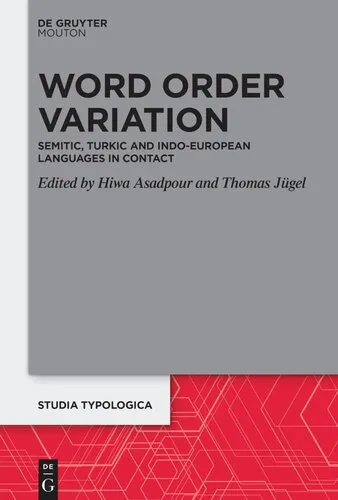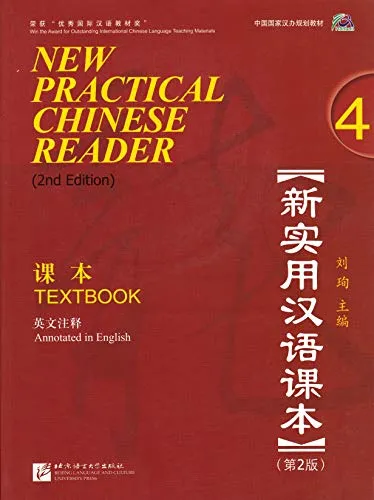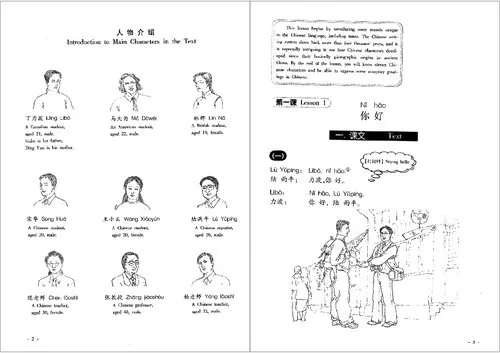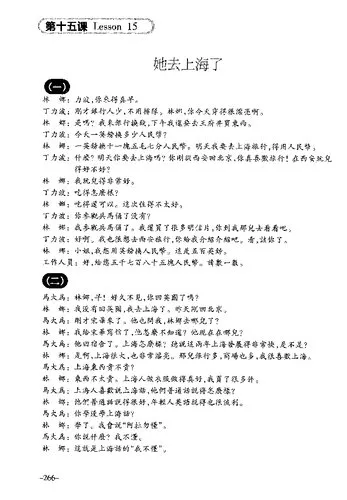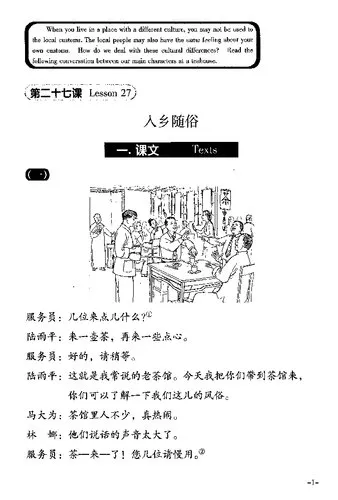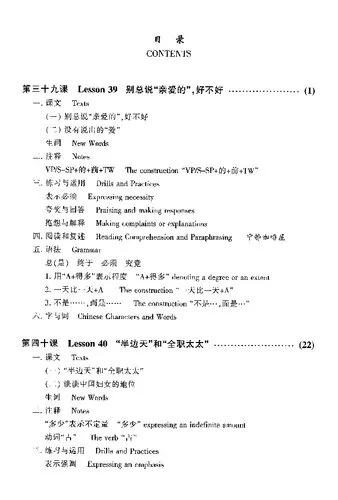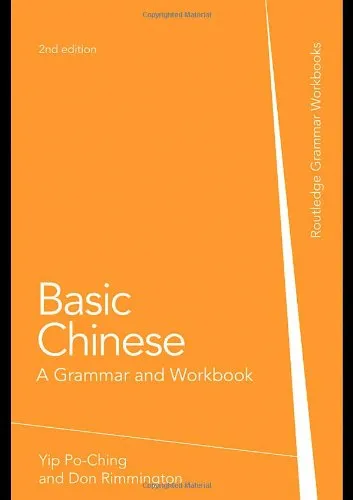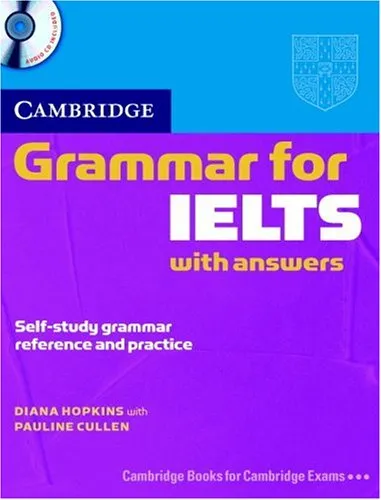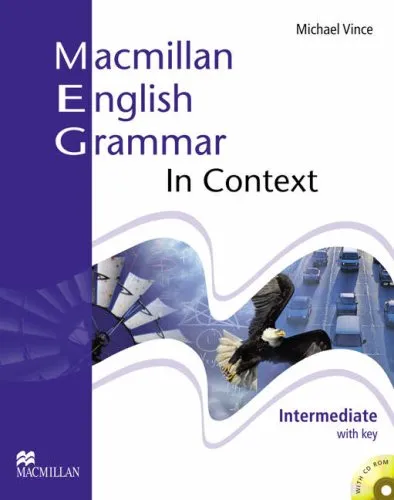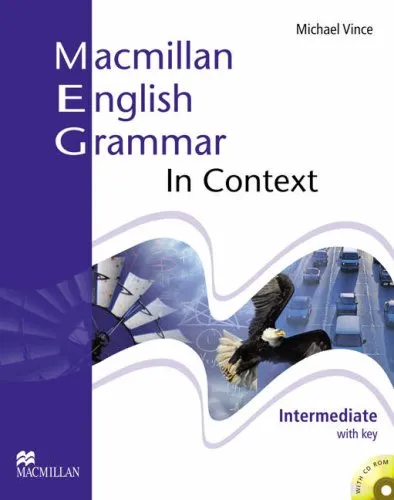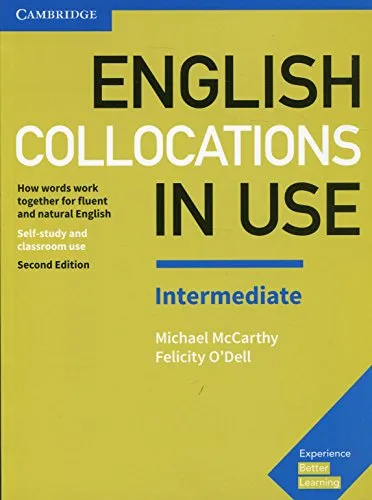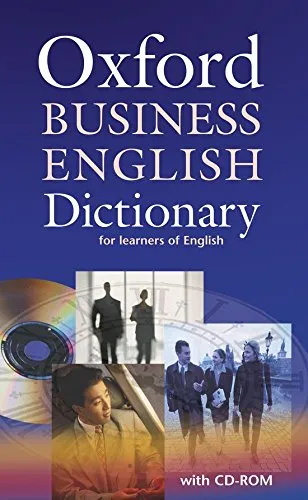Word Order Variation: Semitic, Turkic and Indo-European Languages in Contact
4.7
Reviews from our users

You Can Ask your questions from this book's AI after Login
Each download or ask from book AI costs 2 points. To earn more free points, please visit the Points Guide Page and complete some valuable actions.Related Refrences:
In the Iranic-Semitic-Turkic contact area, where many languages are described as verb-final, ‘Targets’ (Goals, Recipients, etc.) tend to appear in the immediate postverbal position, a pattern violating the alleged ‘basic word order’.
Investigating empirical material, the present volume examines the idea of its contact-induced origin by combining various languages from inside and outside this contact area: the Greek variety Romeyka; Indic Domari; Iranic Balochi, Kurdish, Middle Persian, Parthian, Bactrian and Sogdian; Nilotic Maa; Semitic Arabic and Aramaic; Siberian and Iran-Turkic. The contributors investigate word order variation of transitive, ditransitive, and copula structures as well as intransitives with Targets. Their analyses highlight the relevance of grammatical, discourse-pragmatic, and cognitive principles. The volume highlights the importance of Target structures for linguistic theory by offering new perspectives and will be of interest to typologists and linguists interested in word order variation and information structure.
Free Direct Download
You Can Download this book after Login
Accessing books through legal platforms and public libraries not only supports the rights of authors and publishers but also contributes to the sustainability of reading culture. Before downloading, please take a moment to consider these options.
Find this book on other platforms:
WorldCat helps you find books in libraries worldwide.
See ratings, reviews, and discussions on Goodreads.
Find and buy rare or used books on AbeBooks.
1246
بازدید4.7
امتیاز0
نظر98%
رضایتReviews:
4.7
Based on 0 users review
Questions & Answers
Ask questions about this book or help others by answering
Please login to ask a question
No questions yet. Be the first to ask!
